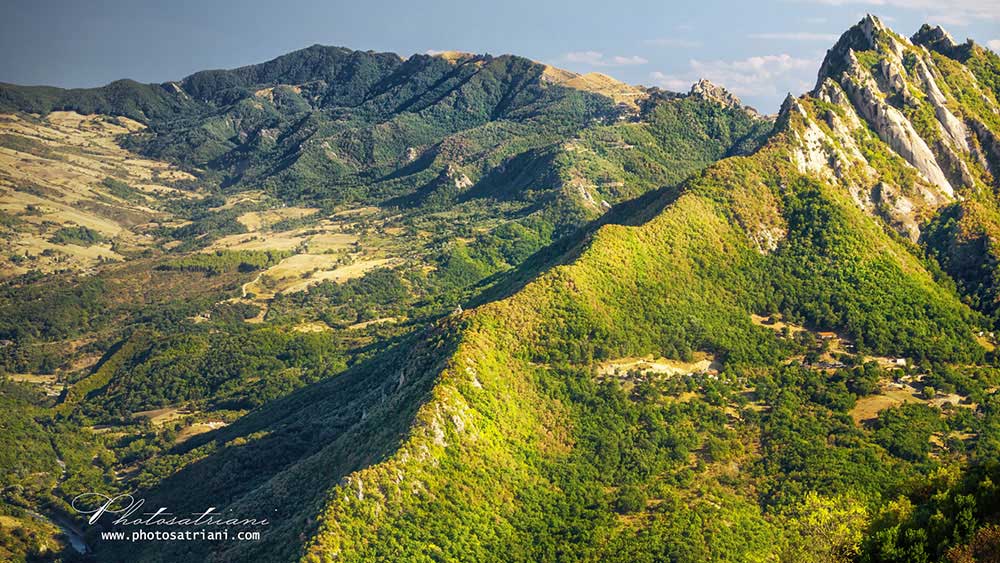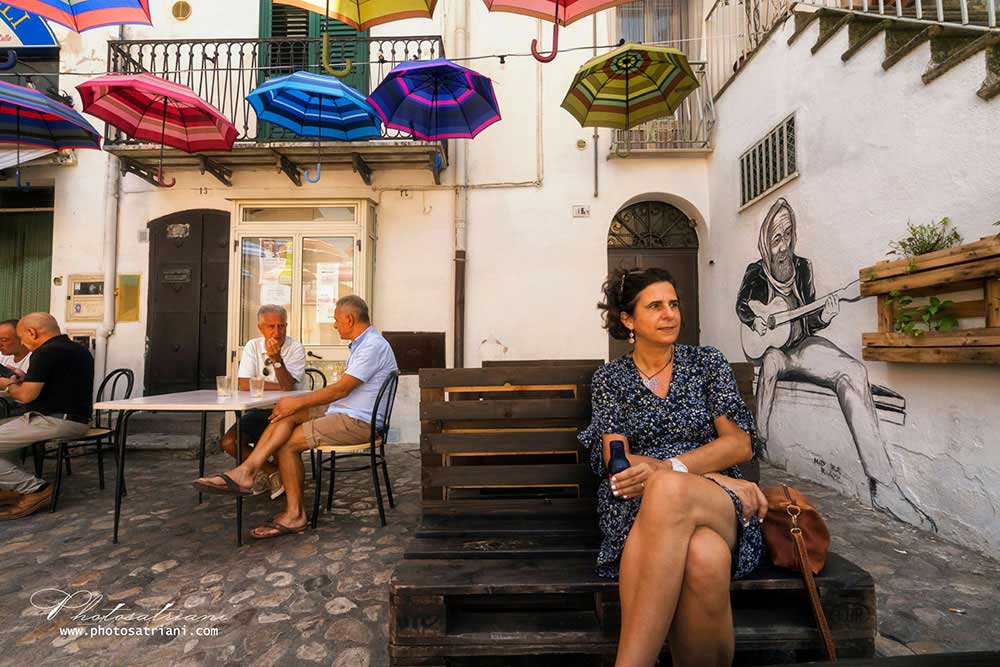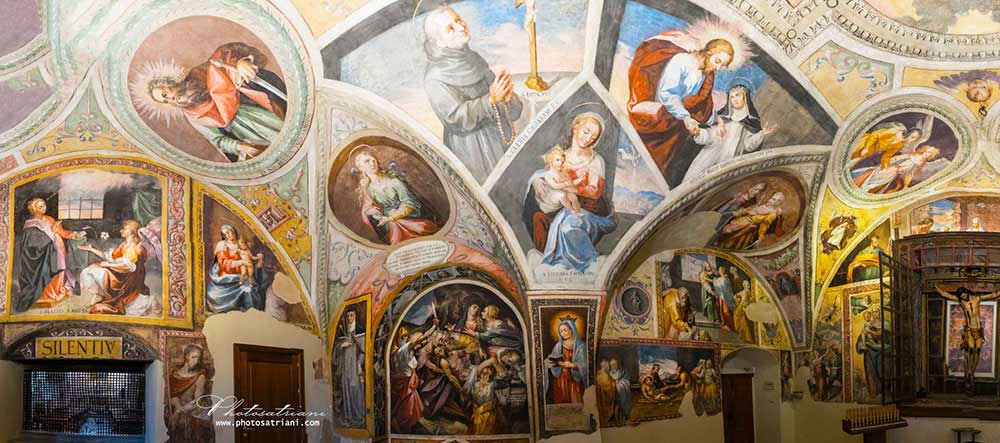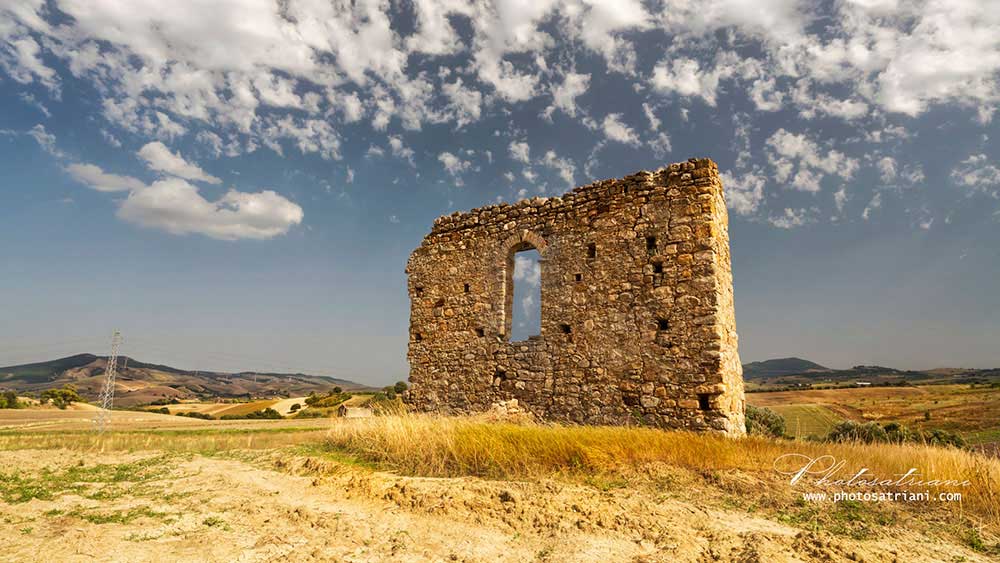Everyone knows Cartier-Bresson’s attention to social issues. I did not imagine that in this strange and atypical summer I would have stumbled upon a jewel in a remote corner of the world.
The co-founder of the Magnum agency has dedicated magnificent reportages to the people of the Italian region from which I come, Basilicata, creating a visual document of great value that spans twenty years of regional history.
Basilicata
I am Italian and I come from a small southern region that has two names: Basilicata or Lucania. Basilicata is characterized by rugged mountains, clayey hills and two seas that caress the eastern and western extremities of the region. The territory of Basilicata was originally identified as Lucania whose etymology goes back to the Greeks (lykos = wolves) or to the Romans (lucus = sacred forest). In both cases, the ancients associated this region with an idea of a mysterious and dangerous and therefore sacred territory. One of our distinguished countrymen (Leonardo Sinisgalli), says that the people of Basilicata (“Lucani”) are not exhibitionists, that they prefer to live in the shadows and that they are full of patience and resilience. Basilicata has been forgotten by Italy for a very long time, but it must also be said that for a long time the Lucan political class has limited itself to distributing “favors” and exercising a fictitious power, creating a web of patronage that has certainly limited development in order to keep “the chair” for themselves and their friends at any costs. This situation caused a massive migratory phenomenon of talent and those who had the courage to stay, had to face enormous difficulties in order to carry out an entrepreneurial project or even a simple cultural initiative. I belong to the group of those who left Basilicata and who feel great admiration for those who, in a context like that, have managed to carry out initiatives and projects.
In this remote corner of the world, there is an even more hidden corner, embedded between the clayey mountains and the woods, whose name is Tricarico; a corner that has given light to illustrious personalities, artists and cultural movements including the writer, poet, Tricarico mayor and leader of the struggle for the improvement of the living conditions of farmers, Rocco Scotellaro; the professor Rocco Mazzarone, a doctor involved in the fight against endemic diseases in Basilicata and who significantly contributed to the improvement of the quality of life of the Lucanians; the musician Antonio Infantino and the Tarantolati musical group which generated a thousand artistic fragments and a cultural richness that is still palpable.
The photographer in Basilicata
Henri Cartier-Bresson visited Basilicata at least twice; the first at the end of 1951, invited by Unra-Casas (the international organization established in 1943 by the United Nations for economic and civil assistance to populations damaged by war), with the aim of documenting the living conditions of peasants Lucanians, who lived in a state of poverty, decay and illiteracy and with a high infant mortality rate. On this occasion he met Rocco Mazzarone who became his “guide” and who was essential in allowing him a quick penetration into the soul of those places and in breaking the psychological threshold that separates a stranger from the inhabitants of the place and from existing social problems. When Cartier-Bresson visited Basilicata, he was already an established and well-known photographer: he had photographed the liberation of Paris (1944-45), carried out the work in India at the death of Gandhi, in China at the time of the People’s Republic, in Indonesia, during their struggle for independence.
The emotional involvement of the photographer was such that his images, although they are an expression faithful to reality, are full of a deep humanity, sensitivity, respect for who and what he saw. Testimony of this involvement is a sentence that I take from the article by Carmela Biscaglia that I quote at the end of this post and that the French photographer wrote in a letter to a friend of his, said: “the experience left me sad, because I feel so attached to those places and people I met there ”.
He returned a second time to Basilicata, invited by his now friend Rocco Mazzarone in 1973, with the aim of highlighting the progress made in Basilicata, after twenty years. He photographed dams and roads under construction, the new crops in the Metapontine plain now healed from malaria, but also the difficult coexistence between old and new customs, the obvious contrasts between old and new, between tradition and modernity, the new reality of emigration.
The jewel as a gift
It was April 1985; Henri Cartier-Bresson, now 78 years old, writes a letter to his friend Rocco Mazzarone in which he informs that he decided to donate 26 of his photographs taken between 1951 and 1973 in Basilicata to the city of Tricarico, in memory (he died in 1953) of his friend-poet Rocco Scotellaro. The case with the photographic jewel finally arrived in Tricarico in 1990, thanks to Rocco Mazzarone who personally oversaw the transposition. Currently, these 26 photos belong to the documentation center “Rocco Scotellaro and Basilicata after the Second World War”.
The exhibition
This summer, despite the vicissitudes due to COVID-19, we were able to go to Basilicata and thus see and be with my 84-year-old mother. Being there and by pure chance, I learned that the Norman Tower of Tricarico, which is part of the complex of the Castle of Santa Chiara, housed the exhibition “The discovery of Matera and Lucania: the photographic reports by Henri Cartier-Bresson”, in to which the 26 images that the French photographer had donated to the city of Tricarico were exhibited. A unique opportunity to materialize all the story I have told and see in person, images that have been exhibited in Paris, Munich, Rome, Turin and which have now found their home in this remote corner of the world, enriching it with reflections of sensitivity, of altruism, of Art, of struggle, of perseverance, of resilience that the protagonists of this wonderful story have been able to give to their “doing” and their living for Basilicata.
For a matter of copyright of which the Magnum Agency is rightly a jealous guardian, I am not authorized to publish any of the images contained in the exhibition but I can provide this link where you can admire some of the images that I was lucky enough to see in the Tricarico exhibition.
I would just like to focus briefly on the image that fascinated me most photographically and which, evidently, the Magnum agency itself considers the most representative, since it placed it on the cover of the aforementioned web page. It is a woman with a typical dress of the popular tradition of Basilicata, with a sack (possibly) of flour on her head, a basket on her arm, accompanied by a donkey, a turkey and a sheep. An image of circular balance in which the portraits of women and animals individually convey the state of mind of each of them and which together constitute a picture of dignified acceptance of the present and a sort of family complicity in which the woman undoubtedly constitutes the protective fulcrum. In some way, it reminds me, I don’t know why, the image with which the Brothers Grimm fable “The Bremen Town Musicians” is typically represented and it is for me, not only beautiful, but also moving because it delights a delicate sensitivity of the photographer and a deep and respectful involvement in the life he was documenting.
Final consideration
In the last year, with the vicissitudes we are experiencing, the importance of a local geography is becoming more and more clear; it is in this “glo-calization” that artistic inspiration must and can be found, to be proposed later to a wider audience. The sum and the put in value of these “localities” will constitute the backbone of a collective culture. This also applies to photography. Putting Tricarico in the compass of photographic culture, thanks to the jewel of Cartier-Bresson, is therefore part of this way of creating a collective culture.
The reconstruction of the story I just told, would not have been possible without the fundamental contribution found in the article by Carmela Biscaglia: “ROCCO MAZZARONE AND LUCANIA IN THE PHOTOGRAPHS OF HENRI CARTIER-BRESSON” and thanks to the correspondence I had with the author.
Photosatriani
I am a curious of life with idealistic tendencies and a fighter. I believe that shadows are the necessary contrast to enhance the light. I am a lover of nature, of silence and of the inner beauty. The history of my visual creations is quite silent publicly but very rich personally, illuminated by a series of satisfactions and recognitions, such as: gold and silver winner in MUSE Awards 2023; Commended and Highly Commended in IGPOTY 2022/19/18, honorable mention in Pollux Award 2019; selected for Descubrimientos PhotoEspaña (2014), Photosaloon in Torino Fotografia (1995) and in VIPHOTO (2014). Winner of Fotonostrum AI Visual Awards 2024. Group exhibitions in: Atlántica Colectivas FotoNoviembre 2015/13; selected for the Popular Participation section GetxoPhoto 2022/20/15. Exhibitions in ”PhotoVernissage (San Petersburgo, 2012); DeARTE 2012/13 (Medinaceli); Taverna de los Mundos (Bilbao); selected works in ArtDoc, Dodho, 1X. A set of my images belongs to the funds of Tecnalia company in Bilbao, to the collection of the "Isla de Tenerife" Photography Center and to the Medicos sin Fronteras collection in Madrid. Collaborator and interviewer for Dodho platform and in Sineresi magazine [Website]










